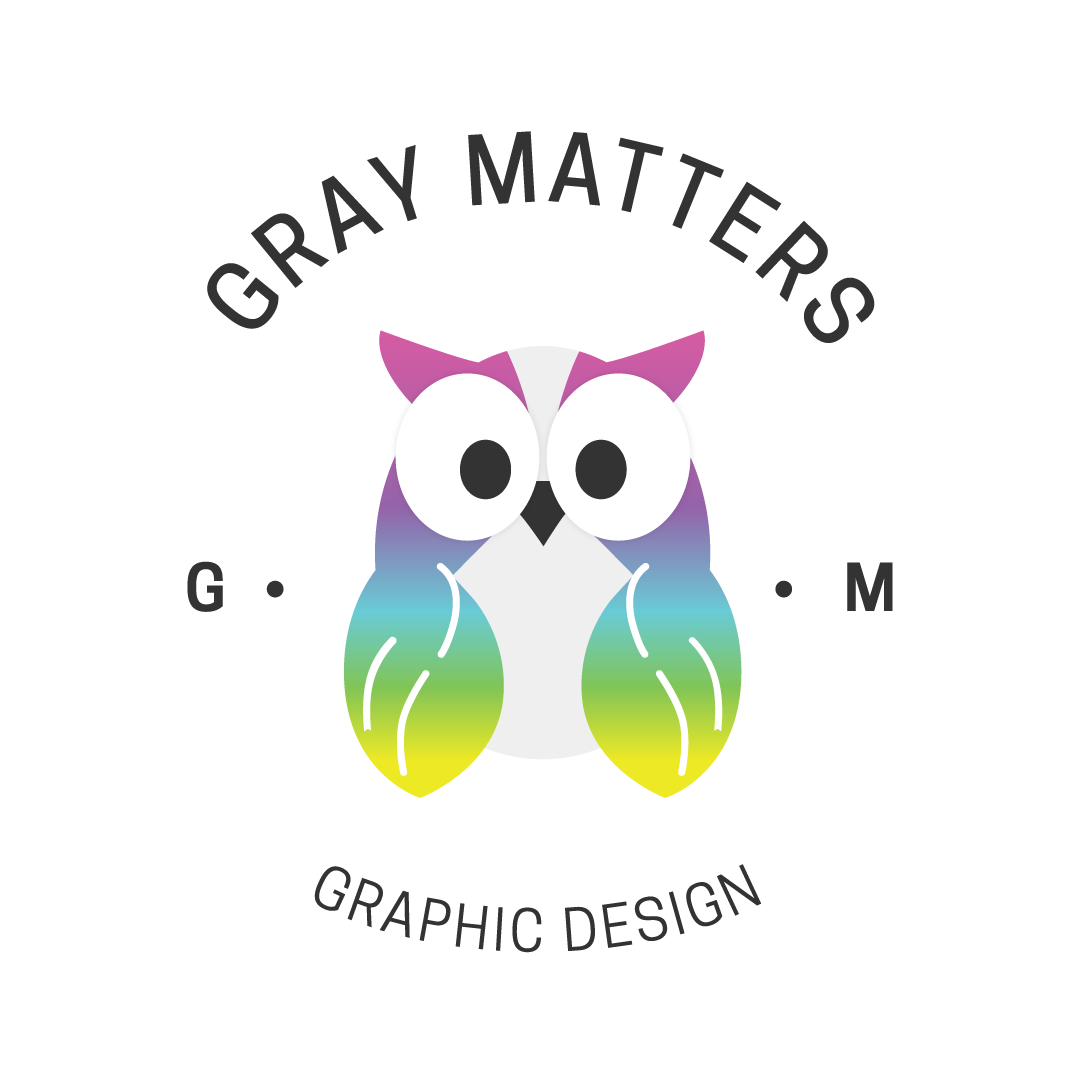In the age of user-friendly design tools, many small business owners consider taking on design tasks themselves. While DIY design can be cost-effective and accessible, there are significant differences between what you can achieve independently and what a professional graphic designer can offer. Understanding these differences can help you decide when it’s time to invest in a pro.
DIY Design: Pros and Cons
Pros:
Cost-Effective: DIY design tools like Canva or Adobe Spark are often cheaper than hiring a professional.
Quick and Accessible: These tools are user-friendly, allowing you to create designs quickly without any formal training.
Creative Control: You have full control over the design process, allowing you to experiment with different ideas at your own pace.
Cons:
Limited Customization: DIY tools offer templates that, while convenient, can limit your creativity and result in generic designs.
Lack of Expertise: Without a background in design, it’s easy to make mistakes that affect the quality and effectiveness of your visuals. The most common mistakes typically involve issues with color contrast, legibility, typeface quality, and consistency in the look, feel, and messaging.
Time-Consuming: While the tools are accessible, creating a polished design can still take a significant amount of time, especially if you’re learning as you go. I can tell you that even as a design professional, I often have to get a fresh set of eyes on a design when I get stuck or indecisive!
Trademark Issues: You cannot trademark a logo made in Canva, as your right to the logo is nonexclusive. So, if you're serious about your business and you know you'll trademark the logo someday, we highly suggest you design it yourself (not on Canva) or have a professional do it for you.
Professional Design: Pros and Cons
Pros:
High-Quality, Unique Designs: A professional designer creates custom designs tailored specifically to your brand, ensuring originality and cohesiveness.
Expertise and Experience: Professionals bring a deep understanding of design principles, such as color theory, typography, and composition, which can elevate your brand’s image.
Efficiency: Professionals can complete projects faster and more efficiently, freeing you up to focus on other aspects of your business.
Strategic Approach: A designer will work with you to understand your business goals and target audience, creating designs that are not only visually appealing but also strategically aligned with your brand.
Cons:
Higher Costs: Hiring a professional designer is typically more expensive than using DIY tools.
Less Creative Control: While you’ll collaborate with the designer, you’ll be entrusting them with the creative process.
When to Invest in a Pro
Consider investing in a professional designer when:
Branding is Crucial: For projects like logo design, brand identity, and major marketing campaigns, the quality of your design can have a significant impact on your brand’s perception.
You Need a Unique and Polished Look: If you want to stand out from competitors, a professional’s ability to create unique and polished designs is invaluable.
You’re Short on Time: If you’re juggling multiple responsibilities, hiring a pro can save you time and ensure the job is done right the first time.
You Want to Avoid Common Pitfalls: A professional designer’s expertise can help you avoid common design mistakes that could damage your brand’s credibility.
Combining DIY Tools with Professional Services
If you’re interested in utilizing DIY tools and professional services, we are the right graphic design company for you! I offer training on using Canva and ensuring your brand’s designs remain consistent. I’m always impressed with how my clients take the tools I provide and create remarkable designs on their own, all while maintaining a cohesive brand identity.
Conclusion
While DIY design tools are great for small, simple projects, there are times when investing in a professional designer is the smarter choice. For critical branding elements and high-impact marketing materials, the expertise, creativity, and strategic insight that a professional brings can make all the difference in how your business is perceived. However, with the right training and support, you can leverage DIY tools to effectively complement your brand’s visual presence.
